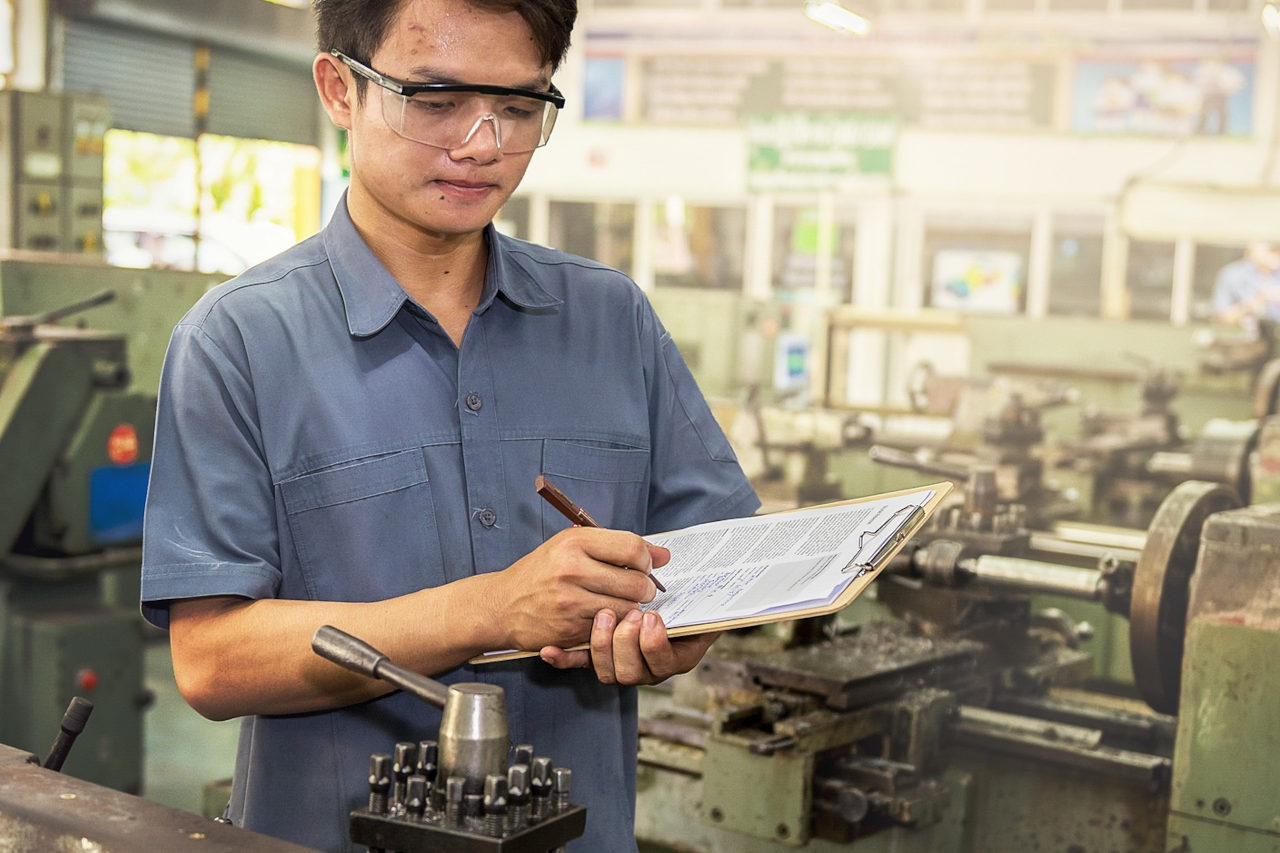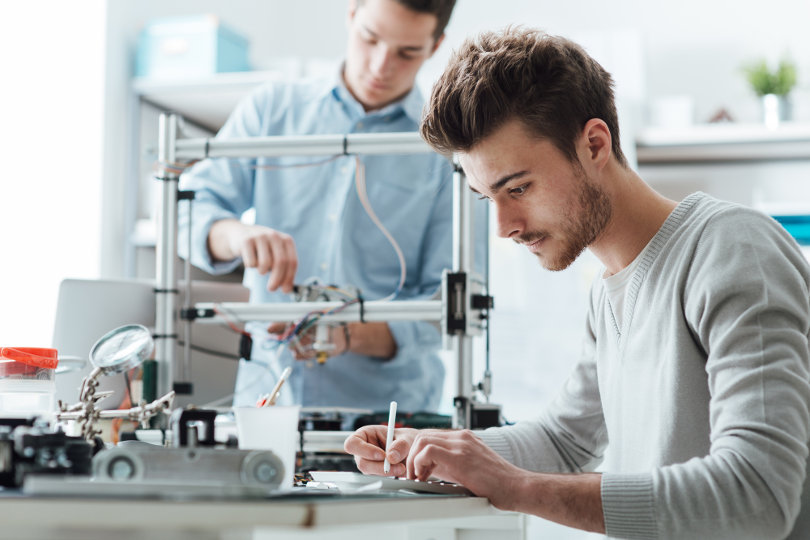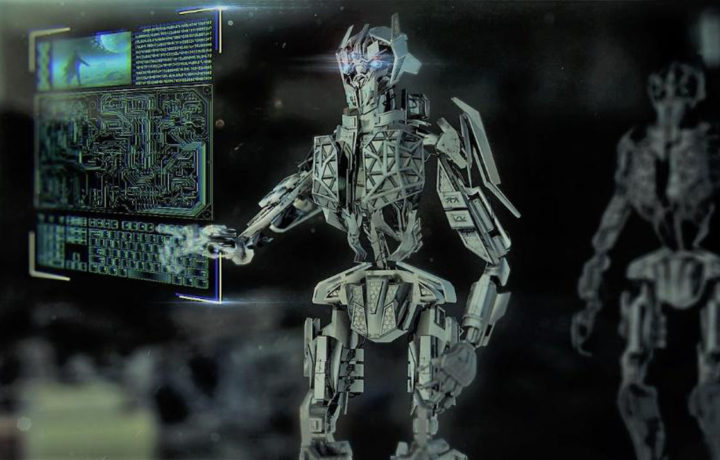Additive manufacturing, commonly known as 3D printing, has emerged as a transformative technology in the manufacturing industry. Unlike traditional subtractive manufacturing methods that involve cutting away material from a solid block, additive manufacturing builds objects layer by layer from digital designs. This revolutionary approach offers numerous advantages, from increased design flexibility to reduced material waste.
In this article, we explore some of the latest innovations in additive manufacturing and their impact on production processes.

1. Multi-Material Printing
One of the most significant advancements in additive manufacturing is the ability to print objects using multiple materials in a single process. This capability opens up new possibilities for creating complex and functional parts with varying properties.
For example, engineers can now print components with soft and rigid sections, allowing for more realistic prototypes and customized products tailored to specific needs.
2. Large-Scale Printing
As additive manufacturing technology continues to evolve, the size limitations of 3D printers are gradually being overcome. Innovations in large-scale printing enable manufacturers to produce larger parts and components with unprecedented speed and precision. This development is particularly valuable in industries such as aerospace and automotive, where the demand for lightweight yet durable components is high.
3. Metal Additive Manufacturing
While plastic-based 3D printing has been widely adopted for prototyping and small-scale production, metal additive manufacturing is gaining traction for its ability to produce high-quality metal parts with complex geometries.
Innovations in metal 3D printing technology, such as selective laser melting (SLM) and electron beam melting (EBM), are enabling manufacturers to create metal components with superior strength, durability, and performance.
4. Hybrid Manufacturing Systems
Hybrid manufacturing systems combine additive and subtractive processes to leverage the strengths of both technologies. These integrated systems allow manufacturers to produce parts with intricate features using additive methods and then refine them with precision machining techniques.
By combining the flexibility of additive manufacturing with the accuracy of traditional machining, hybrid systems offer a versatile and efficient approach to production.
5. Sustainable Materials
In response to growing concerns about environmental sustainability, researchers and manufacturers are exploring new materials for additive manufacturing that are biodegradable, recyclable, or sourced from renewable resources.
From bio-based polymers to recycled metals, these sustainable materials offer a more eco-friendly alternative to traditional manufacturing materials, reducing the environmental impact of production processes.

photo credit: Sasin Tipchai / Pixabay
6. Continuous Monitoring and Quality Control
To ensure the reliability and consistency of additive manufacturing processes, it’s essential to implement robust monitoring and quality control measures. Advanced sensors and monitoring systems can track parameters such as temperature, humidity, and layer adhesion in real-time, allowing manufacturers to detect and address any deviations or defects early in the production process.
By maintaining strict quality control standards, manufacturers can minimize the risk of product failures and ensure the integrity of their final products.
7. On-Demand Manufacturing and Just-in-Time Production
Additive manufacturing offers unparalleled flexibility and agility in production, making it well-suited for on-demand manufacturing and just-in-time production models. With 3D printing, manufacturers can quickly and cost-effectively produce small batches of customized parts or products in response to specific customer orders or market demands. This agile approach to manufacturing reduces inventory costs, minimizes lead times, and enables companies to respond swiftly to changing customer preferences and market trends.
8. Design Optimization for Additive Manufacturing
To fully leverage the capabilities of additive manufacturing, it’s essential to optimize designs specifically for this technology. Design for Additive Manufacturing (DfAM) principles involve rethinking traditional design constraints and taking advantage of the unique capabilities of 3D printing, such as complex geometries, lattice structures, and lightweight designs.
By optimizing designs for additive manufacturing, manufacturers can maximize efficiency, minimize material usage, and enhance the performance of their products.
9. Integration with Digital Twins and Simulation
Digital twins and simulation tools play a crucial role in the additive manufacturing process, allowing manufacturers to simulate and optimize production workflows before physical prototypes are created.
By creating virtual replicas of 3D-printed parts and simulating their behavior under various conditions, manufacturers can identify potential issues, optimize parameters, and validate designs prior to actual production. This integration of additive manufacturing with digital twins and simulation technologies helps streamline the production process, reduce time-to-market, and improve overall product quality.
10. Collaboration and Knowledge Sharing
Innovation in additive manufacturing thrives on collaboration and knowledge sharing within the industry. Manufacturers, researchers, and technology providers should actively engage in collaborative efforts to share best practices, exchange ideas, and address common challenges in additive manufacturing.
By fostering a culture of collaboration and open communication, the additive manufacturing community can accelerate technological advancements, drive innovation, and unlock new opportunities for growth and development.

Conclusion
In conclusion, innovations in additive manufacturing are revolutionizing the way we design, produce, and consume goods. From multi-material printing and large-scale manufacturing to metal 3D printing and hybrid manufacturing systems, the possibilities offered by additive manufacturing are limitless.
As technology continues to advance, we can expect to see even more groundbreaking developments that will reshape the future of production across industries.
Cover photo credit: Jo McNamara / Pexels


